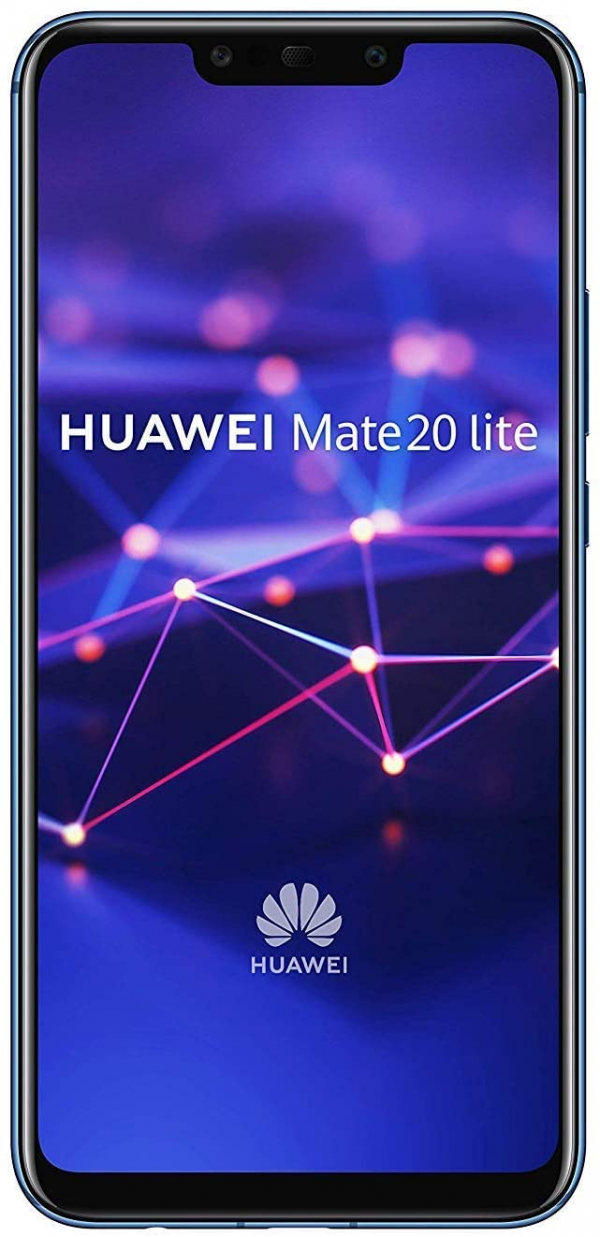Huawei
Huawei Mate 20 Lite: competitive autonomy
Aprox. 246€ - see price -
See specificationsBack to school is here, and for Huawei that means that the Mate series will soon welcome a new high-end mobile. But before seeing the Mate 20 Pro arrive, the Chinese manufacturer gives us a taste with the more affordable traditional Mate 20 "Lite".
Our review
Presentation
Updated 05/20/2019 at 02:20 PM
Attention, Google having ended its collaboration with Huawei / Honor, the future software of the launch mobiles is pending. We cannot advise you to invest in this mobile for the moment, its rating could be lowered soon.
Huawei continues to expand its catalog with a maximum of references on a maximum of price ranges. Today, the Mate 20 Lite completes the manufacturer's catalog alongside the recently released Smart +.
Sold for € 399, the Mate 20 Lite therefore comes up against a package of competitors, such as the Pocophone F1, the Honor Play or the Asus Zenfone 5.
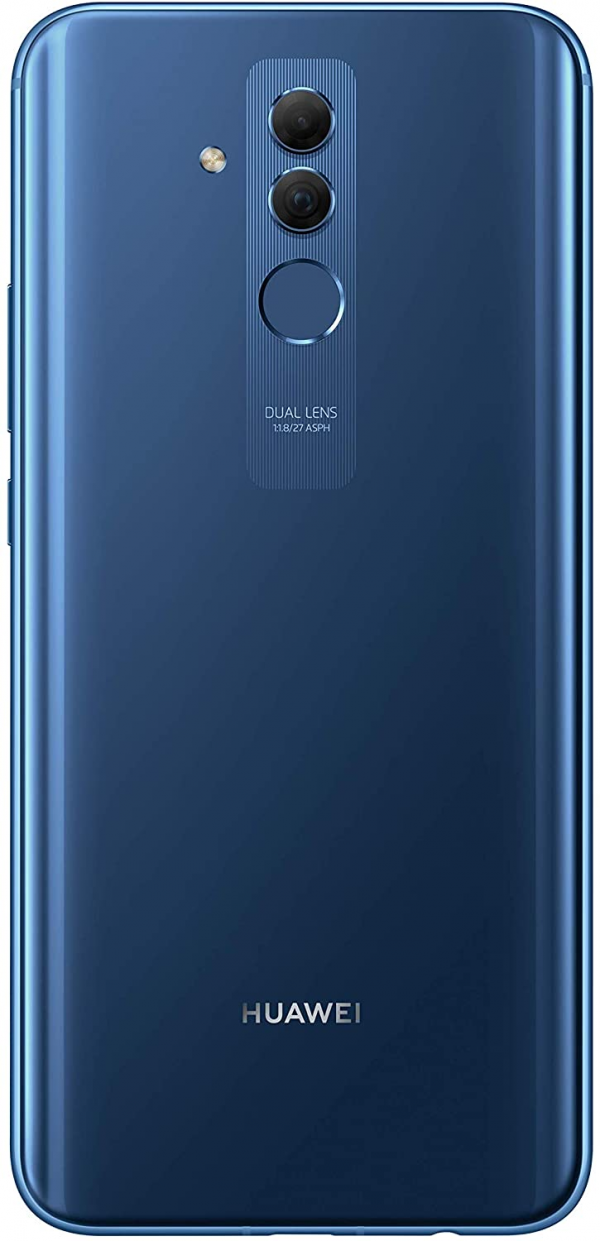
Ergonomics and design
In Huawei's greatest tradition, the Mate 20 Lite borrows much of its aesthetics from another smartphone in the family, namely the P Smart +. At first glance, the two mobiles are indistinguishable from each other: a large glass plate with a 6.3-inch notched screen which occupies approximately 82% of the front face.
It is by turning them over that the difference appears. Huawei centered the two cameras above the fingerprint reader and framed everything with a few gray streaks. A rather elegant look which has the merit of distinguishing itself a little from the rest of the manufacturer's catalog. For the rest, it's pretty classic: a glass back that catches fingerprints, metal slices and thin borders around the 19.5: 9 screen. The volume and ignition buttons fall under your fingers, as does the fingerprint reader, which also works well and quickly.
Technically, the Mate 20 doesn't have much to blame either. It is capable of accommodating two SIM card or a microSD card and a SIM and offers a USB Type-C port, supports NFC ... in short, it sticks completely to 2018 standards.
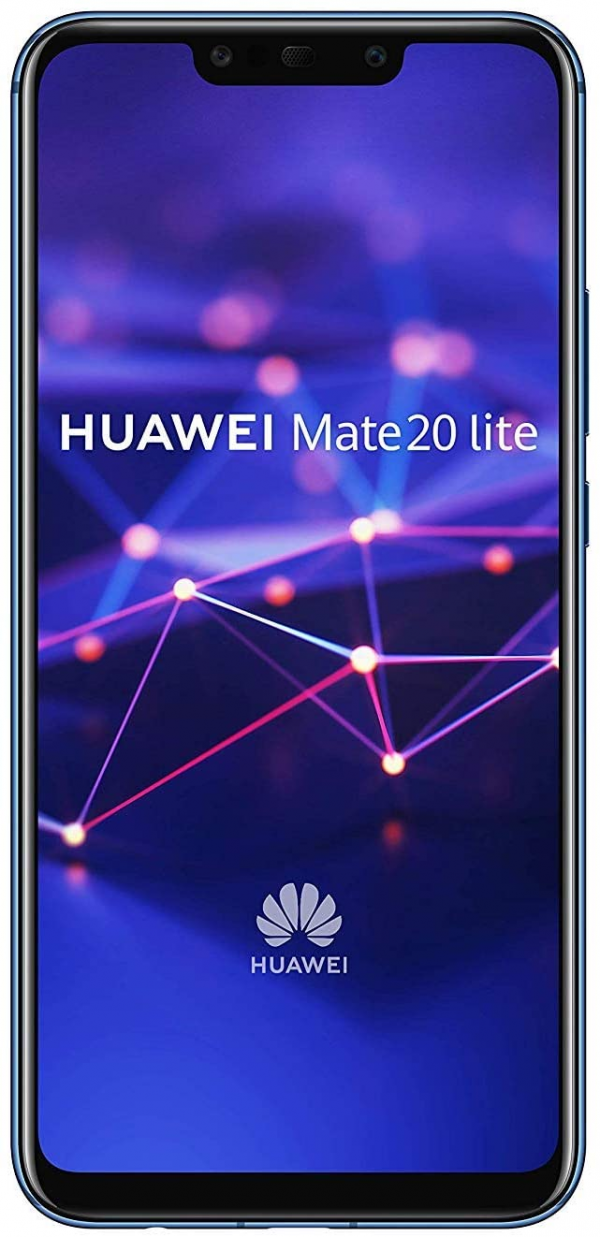
Screen
The 6.3-inch screen of the Mate 20 Lite is rather a pleasant surprise. By default, the phone displays bright colors and a too blue white (the fault with a too high color temperature). Lovers of more natural colors will prefer the "Warm" profile and the "Normal" colors. With these parameters, we are left with impeccable colors since the delta E is at 2. But the color temperature remains a little high (7,339 K).
Question readability, no particular problem, the maximum brightness at 570 cd / m² ensures that the screen remains readable in all conditions and the minimum brightness drops low enough (1.1 cd / m²) so as not to blind nighttime mobile users. Only the reflectance spoils the party a little with 15% of the light returned.
No need to worry about use, afterglow and tactile delay are average (14 ms and 106 ms respectively) and the full HD + screen allows you to navigate with ease and display a good density of information as well as clean and chiseled characters. In short, if the screen of the Mate 20 Lite is not flawless, it still offers quite decent performance that will satisfy the majority of users.

Audio
Unfortunately, the headphone output of the Mate 20 Lite suffers from lack of power. The rendering is clean and the soundstage well reproduced - even if the separation of the channels could have been more marked. You will still have to be careful not to pair it with too energy-consuming headphones, otherwise the sound would not be very powerful. Note that we have opted for the “Natural” rendering in the Huawei Listen audio settings, the other profiles tending to damage dynamics or crosstalk.
The sound that comes out of the single speaker located on the lower edge is concentrated almost exclusively on the high mids and is singularly lacking in bass. The signal is also very tight. In short enough to restore the voices and not much else.

Performances
Equipped with the all-new homemade SoC, the Kirin 710, and 4 GB of RAM, the Mate 20 Lite has no trouble running Android. Everything goes without a hitch and we juggle between the different apps without ever slowing down or lagging.
Question heats, no problem, the phone knows how to stand and never increases the mercury beyond measure. Whether after long minutes of play or photo and video capture, we have never recorded more than 38 ° C on the surface. Not enough to fry your fingers so.
As for video games, the Mate 20 Lite has no problem running most of the titles in the Play Store, even those with a bit greedy 3D, but you will have to learn to deal with a few graphic concessions. This remains very correct, however.
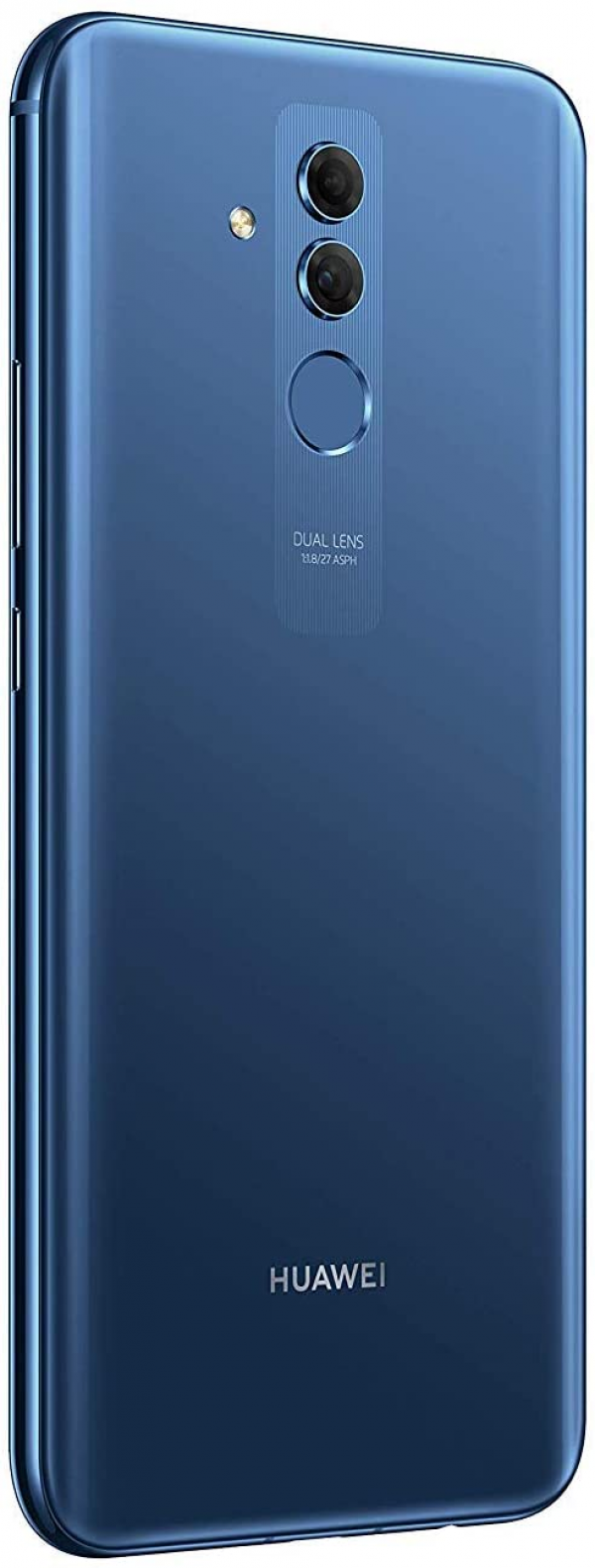
Photo
This is the point put forward by Huawei on this Mate 20 Lite. The photo has received very special attention, including photo processing since the device has the famous "artificial intelligence" that the brand has been promoting since the release of its P20 Pro. As often, this feature tends to explode color saturation and contrast, for an "Instagram-friendly", but very artificial - and very smooth result. Disabling it allows you to find more natural photos.
Unfortunately, on the photo side, the Mate 20 Lite does not hold up against the Pocophone F1 sold € 40 cheaper. The shot is smoothed and lacks contrast, which produces a slightly flat rendering and which lacks sharpness. However, the details are there and the colors are properly restored. No problem from this point of view. In addition, the camera succeeds in focusing and capturing a photo quickly.
At night, the Mate 20 Lite applies the same treatment, but a significant dose of grain settles. He manages to capture enough light to present a readable scene, but one should not be too attached to the finest details. The white balance and the color rendering remain correct however.
But what Huawei is most proud of is the integration of two cameras at the front for successful self-portraits, sublimated by this famous AI. In fact, most of the "effects" are of questionable quality. The “studio” lighting is exaggerated and the “bokeh” effect gives the impression of a smooth silhouette, pasted on Photoshop over a Gaussian blur. In short, disabling the effects and the AI gives a more natural look.
Finally, a word about the application and the video. As usual, Huawei has embedded a Pro mode that allows you to take control over a lot of aspects of the camera. The “portrait” mode of back-end devices suffers from the same problems as those of front-end devices. No complaints about video capture, it's fluid, autofocus is fast and the camera has no problem with light transitions.
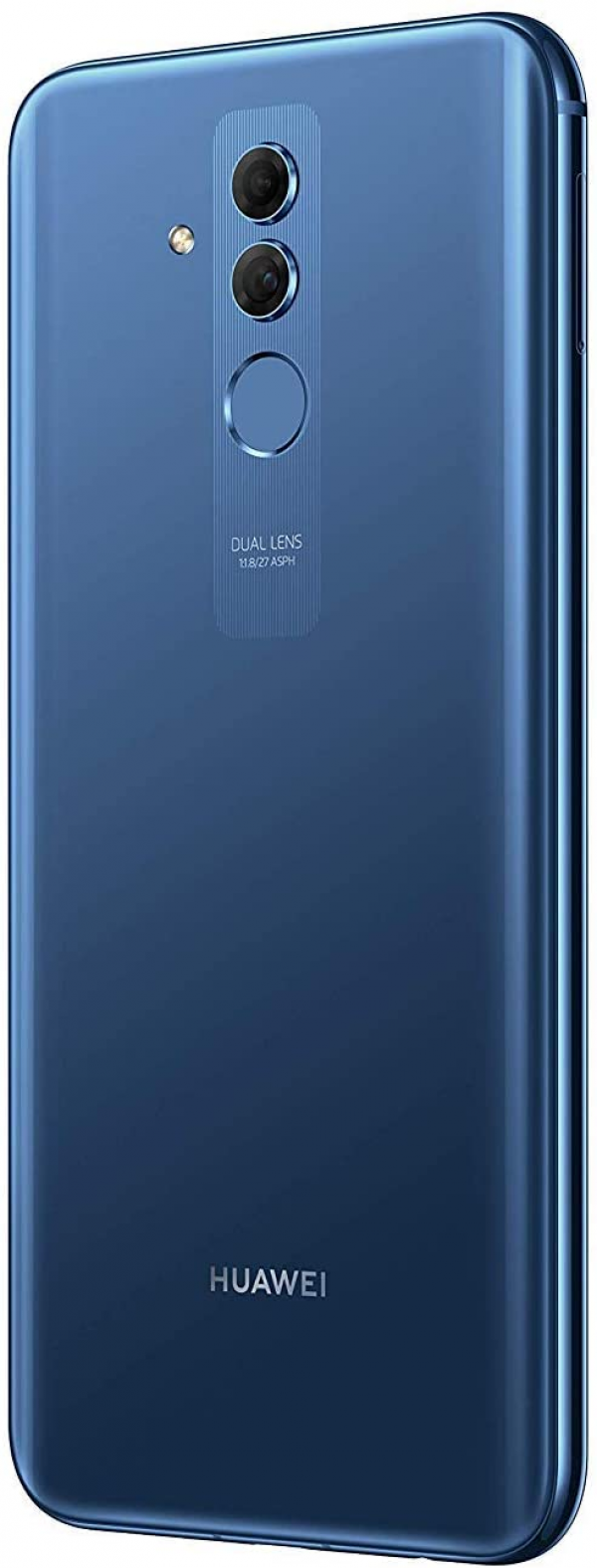
Autonomy
The Mate 20 Lite is proof that software optimization is just as important as the size of the battery when talking about autonomy. The mobile does not carry the largest battery on the market (3,750 mAh against 4,000 mAh on the Pocophone, for example), but its endurance is simply breathtaking. On our home autonomy test, the phone does not give up until after fighting during 19:13. This translates into two big days of use. A score well above the competition and not far from the top of our comparison.
Charging takes approximately 2 hours with the block provided.

Conclusion
Ultimately, this Mate 20 Lite offers a completely satisfactory experience for € 400. The device benefits from quality finishes, impeccable autonomy, a good quality screen and enough raw power to easily run most of your favorite apps. Its two biggest problems are in fact not to insure in photo ... and to be 40 € more expensive than the Pocophone F1 .-- /! \ Attention, the future software of this phone is uncertain given the sanctions taken by the United States against Huawei. /! \
Specifications

